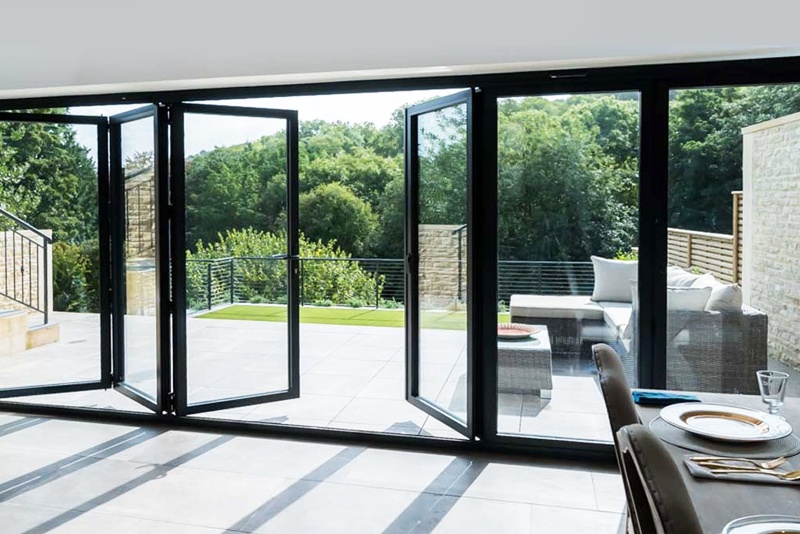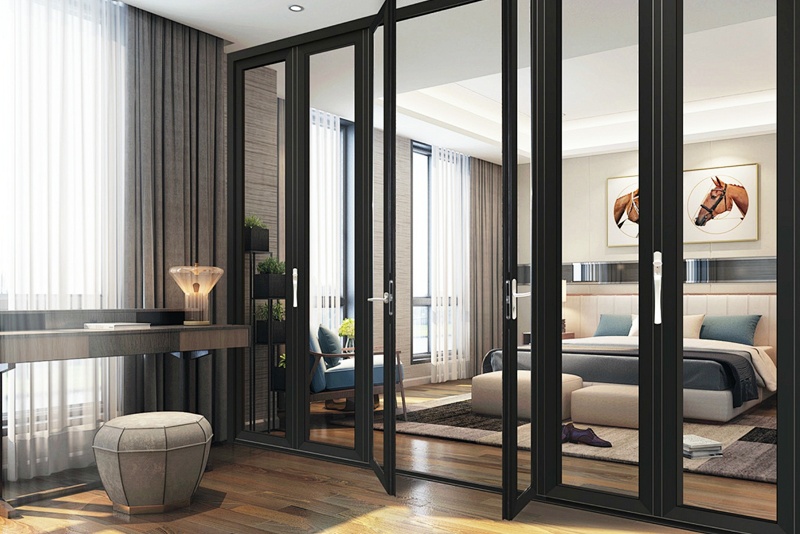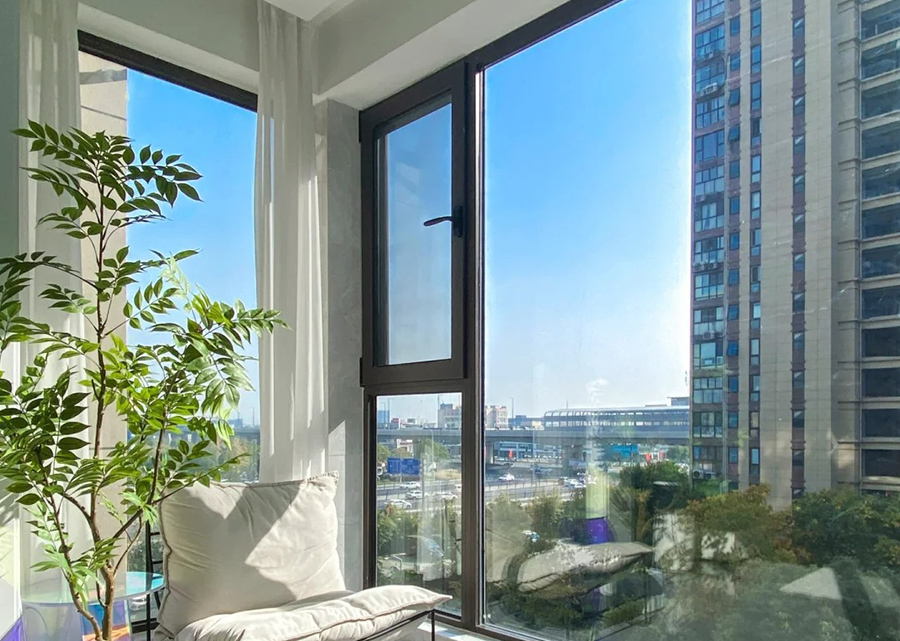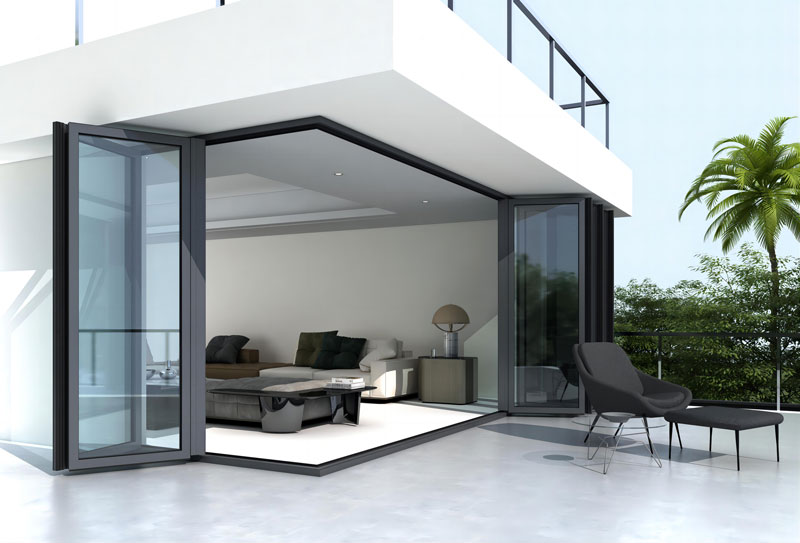The Soundproofing Secrets of a Window: Ensuring Uninterrupted Deep Sleep
When noise becomes an invisible threat to daily life.
Noise pollution in modern cities has emerged as a significant health hazard. The World Health Organization (WHO) indicates that prolonged exposure to noise levels above 55 decibels (dB) increases the risk of cardiovascular diseases. In the face of noise challenges, a high-quality soundproof window is not only an upgrade for the home but also a necessity for safeguarding health.
The Hidden Hazards of Noise – From Hearing to Systemic Chain Reactions
① The Three Major Sources of Noise:
Traffic noise: Noise peaks on urban main roads can reach 85 dB, equivalent to being constantly exposed to the environment of a chainsaw in operation. High-frequency tire friction and low-frequency engine roaring form a compound disturbance to human hearing.
Industrial noise: Low-frequency noise (e.g., 500Hz band) generated by factory machinery has strong penetration. Long-term exposure to this environment can easily lead to headaches, insomnia, and other neurological symptoms.
Lifestyle noise: Medium to high-frequency noises such as square dancing speakers (90 dB) and renovation drills (110 dB) directly impact the eardrum, causing distraction and emotional agitation.
② The Physiological Impact Chain of Noise
Hearing damage: Continuous exposure to environments above 90 dB can lead to permanent hearing loss. The sensory cells in the human ear cannot regenerate once injured.
Cardiovascular diseases: Long-term noise stimulation can increase the incidence of hypertension by 2-3 times and may trigger arrhythmias and arteriosclerosis.
Sleep disorders: Noise exceeding 40 dB can interfere with light sleep, and above 70 dB may cause frequent nocturnal awakenings. Each additional dB of noise reduces deep sleep time by 4%.
Psychological and cognitive effects: In noisy environments, children’s intellectual development may be delayed by 20%. Adults experience a 30% decrease in work efficiency and a significant increase in the risk of anxiety and depression.
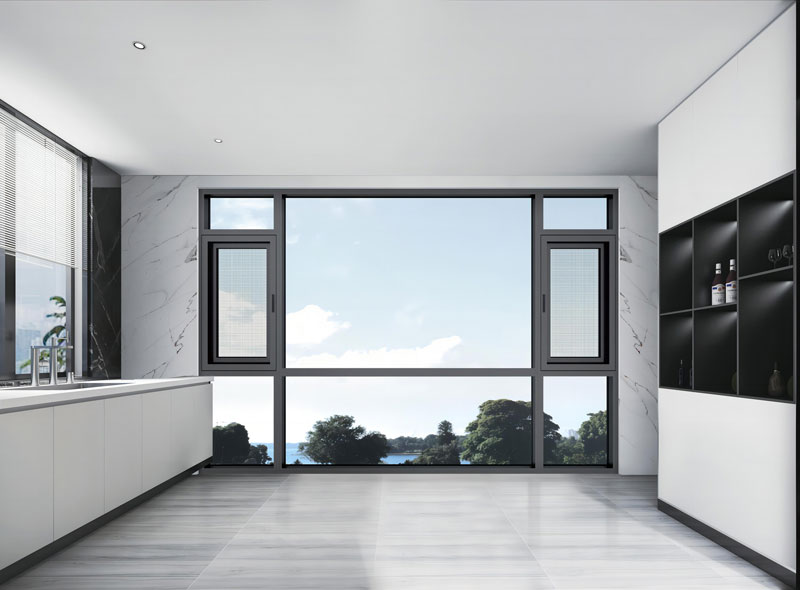
Casement Window
The Technological Defense of Soundproof Windows – Comprehensive Breakthroughs from Structure to Performance
① Multi-layer Glass Structure
Insulating glass: Double or triple glazing filled with argon gas can block high-frequency noise (such as human voices, horn sounds, etc.) by up to 34 dB, while also enhancing thermal insulation performance.
Laminated glass: The PVB film layer absorbs low-frequency vibrations, improving noise reduction by 38 dB against traffic and industrial noise, and posing no shattering risk.
② Sealing System
Flush frame design: When the window sash and frame close, they are completely flush, coupled with EPDM rubber strips, achieving airtightness up to Class 8, eliminating sound wave penetration through gaps.
Multi-chamber profiles: The multi-chamber structure within the thermal insulation profiles reduces noise transmission paths, complemented by glue injection technology to enhance overall soundproofing stability.
③ Measured Performance Data
High-quality system windows can achieve a sound reduction of up to 42 dB, transforming a street-facing bedroom into a library-like quiet environment. Compared to ordinary single-pane glass windows, the noise reduction efficiency can be increased by 68%.
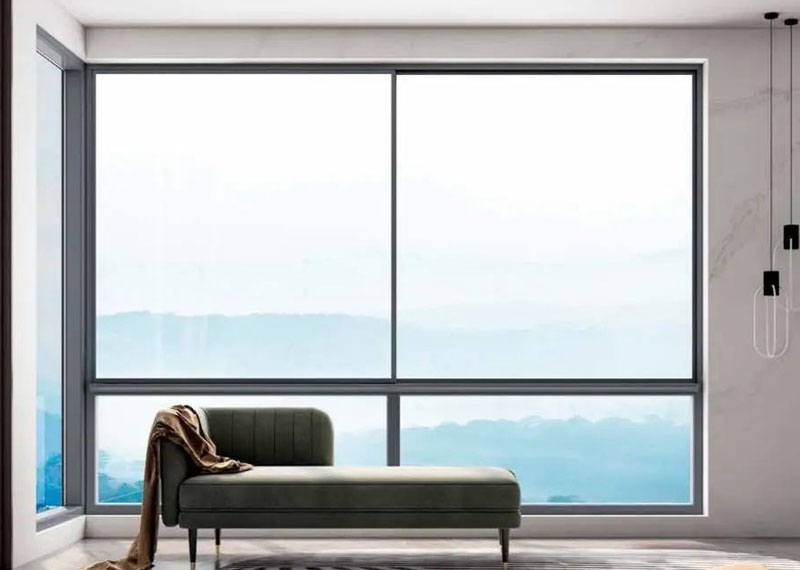
Sliding windows
Precision Noise Reduction Solutions – Tailored Window and Door Configurations
Different window types have varying soundproofing effects, with casement windows outperforming sliding windows in terms of soundproofing. Sliding windows inevitably leave gaps due to the installation of guide rails and use felt sealing, whereas casement windows use rubber sealing. Therefore, sliding windows have poorer airtightness and cannot fully isolate noise. Casement windows, with multi-point locking around the sash, ensure no gaps when closed, guaranteeing window and door sealing and insulation. Determine the window type and select the appropriate glass configuration based on the specific environment to effectively isolate noise.
① Residents Near Traffic Arteries
Recommended combination: 6mm tempered glass + 1.52mm PVB interlayer + 12mm argon gas layer + 6mm LOW-E glass.
Effect: Full-frequency noise reduction of 38 dB, with a particularly high reduction rate of 50% for low-frequency noise below 500Hz.
② Near Airports/High-speed Rails
Recommended combination: 8mm uneven thickness laminated glass (3mm + 5mm) + 16mm vacuum layer.
Effect: Blocks low-frequency roaring sounds by up to 45 dB, combined with damping sealing strips to further inhibit vibration transmission.
③ Community Lifestyle Noise
Recommended combination: 5+20A+5 double-glazed insulating glass, with lower costs.
Effect: Achieves a sound reduction of 32 dB, effectively filtering out medium to high-frequency noises such as square dancing and pet barking.
Quality Certification and Selection – Comprehensive Assurance from Parameters to Service
KANOD Windows and Doors, with their outstanding strength, soundproofing, thermal insulation, airtightness, levelness, wind pressure resistance, and environmental performance, have obtained EU CE certification. Our soundproof system windows, equipped with multi-chamber thermal insulation structures and automotive-grade tempered insulating glass, enhance window and door sealing performance comprehensively for efficient noise reduction. Our professional team provides one-on-one services, whether you wish to customize soundproof windows and doors or have other needs. The professional service team will provide you with comprehensive assurance and tailored window and door solutions.




